McCalmans Track
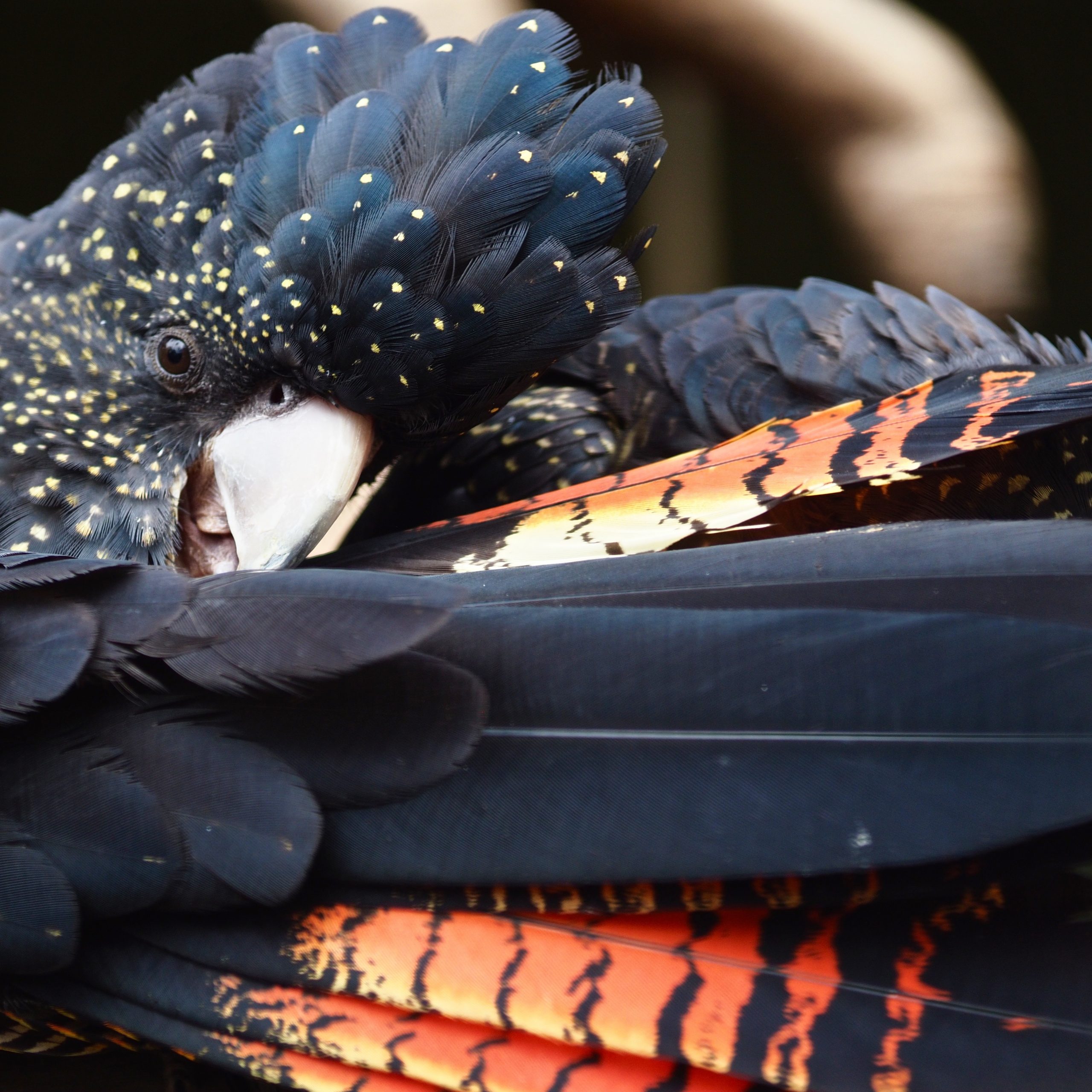

McCalmans Track
Please contact the landholder for more information on this property.
Steve Mathews
0407 829 922
Address: Lake Mundi near Casterton
Size: 97 ha
Price and details: Please contact the landowner.
by


Please contact the landholder for more information on this property.
Steve Mathews
0407 829 922
Address: Lake Mundi near Casterton
Size: 97 ha
Price and details: Please contact the landowner.
by
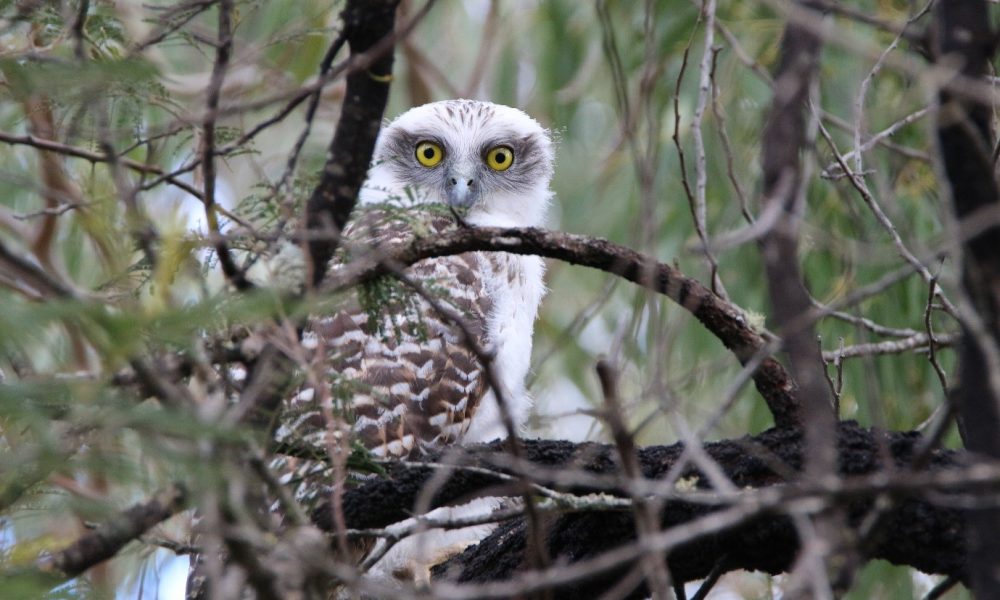
Bequeathed by the Estate of Ralph Illidge in 1975, Ralph Illidge Sanctuary Reserve is one of the earliest properties acquired by Trust for Nature. This reserve was increased in size in 1987 with the addition of extra land. Many different animals and plants live in the reserve with a number of threatened species having been recorded. The Ralph Illidge Sanctuary Reserve is 92 ha and is located at 44 Halfords Road, Naringal East.
All Trust for Nature reserves are closed on days of Total Fire Ban, and days of severe, extreme and code red fire danger.
There are three main vegetation communities in Ralph Illiedge Sanctuayr, including the vulnerable Herb-rich Foothill Forest and Riparian forest. The foothill forest vegetation resembles an open woodland structure. The vegetation along the Brucknell Creek is riparian forest, which appears similar to rainforest, with Messmate and Manna Gums and a damp understorey. The reserve typically has a high level of canopy cover and is rich in native shrubs, herbs and grasses.
The tall forests have fully recovered since the whole reserve was burnt in the 1983 Ash Wednesday bushfires. The diversity of the vegetation has recovered and now supports a variety of birds and mammals.
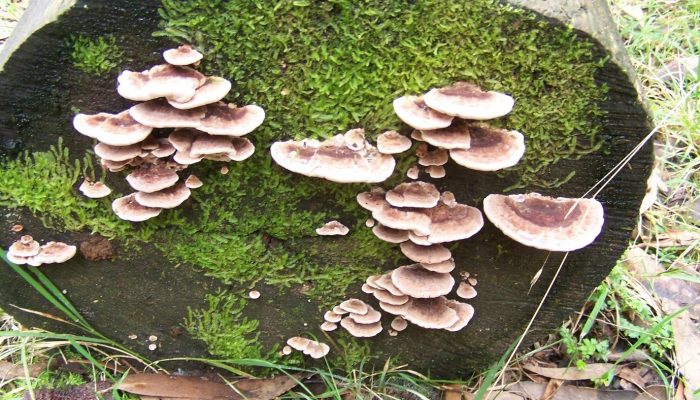
The rare and unusual Dwarf Silver Wattle (Acacia nanodealbata) occurs on the reserve, as well as rainforest species which are not seen in the surrounding cleared farmland, making this a sanctuary for enjoying the ambiance of the forest.
The reserve is home to a population of Long Nosed Potoroos (Potorous tridactylus). Listed as Endangered in Victoria, this predominately nocturnal species lives in dense undergrowth in sclerophyll forests. Other notable species using the reserve for habitat are the endangered Powerful Owl (Ninox strenua) and Rufus Bristle Bird (Dasyornis broadbenti).
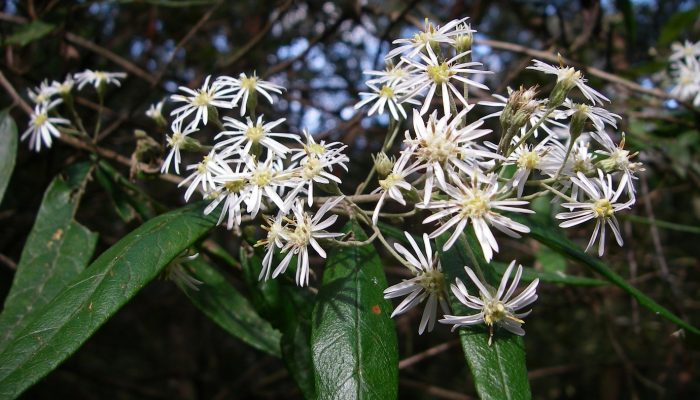
The reserve was bequeathed to the “people of Victoria” by Ralph Illidge with the property’s title being transferred to Trust for Nature in 1975. Mr Illidge purchased the property in 1961 and during this time, some land was cleared and grazed. After a short while, Mr Illidge realised that bushland and birds was more to his liking, ceasing the previous management actions and allowing the natural areas to regenerate.
In 1987 the reserve was extended with the incorporation of the northern section with the help of local conservation groups, service groups and the Victorian Government. The reserve is now managed by the Friends of Ralph Illidge Sanctuary who run regular working bees.
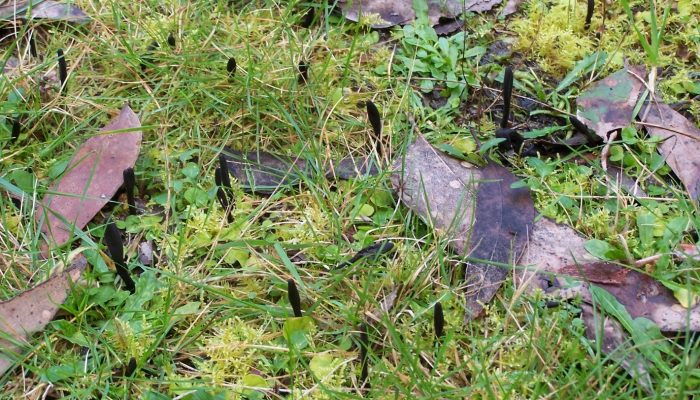
There is a comprehensive information centre with toilet facilities on site. Tables and seating within the tranquil forest provides a pleasant picnic location.
Walking tracks traverse the sanctuary with bridges and boardwalks in place to assist in the riparian areas of the reserve. Quiet meandering will reward visitors with wildlife viewing within the shaded glades of this beautiful forest.
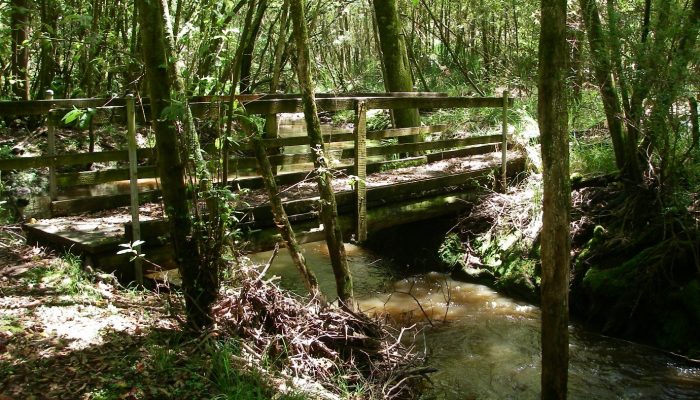
Our reserves have hazards that may cause serious injury or death. You are responsible for your own safety and the safety of those in your care.
The reserve is closed during days declared as Total Fire Bans and/or where the fire danger rating is Severe, Extreme or Code Red.
The reserve is home to a variety of wildlife, including several species of venomous snake. During summer it is advised that long trousers and gaiters are worn when walking in the reserve.
Visitors to the reserve are requested to not cross any fence-lines, or venture onto neighbouring private property. All visitors are requested to stay on the marked walking trails.
Other hazards:

by
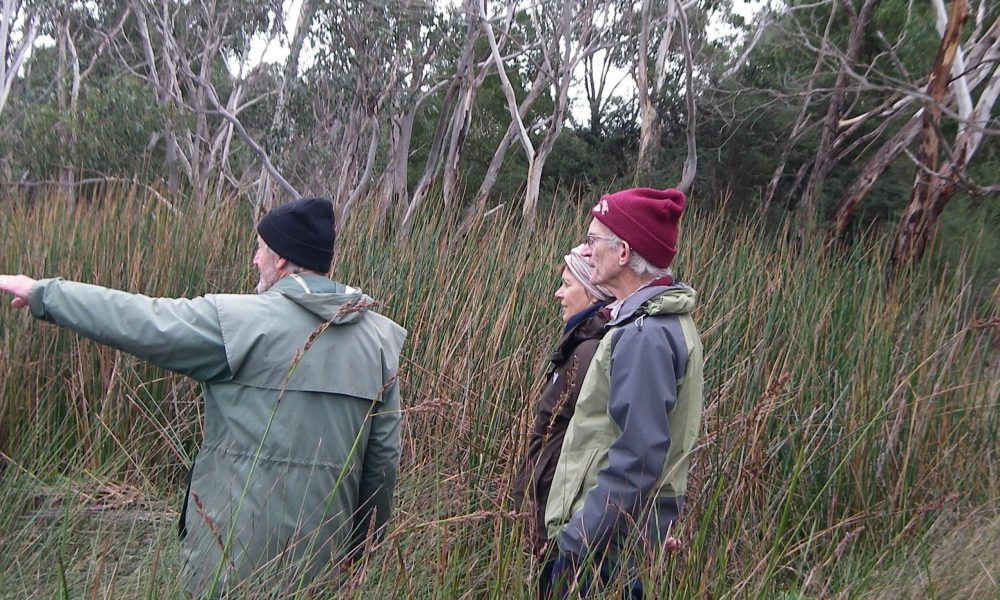
As one of the largest remaining examples of remnant vegetation in the area, Pallisters Reserve is home to a number of grassland, woodland and wetlands plants including orchids, lilies and aquatic plants. The reserve also provides a range of habitats for birds, mammals and frogs.
The reserve is 254 ha and located off Masons Road, Orford.
Trust for Nature purchased the first section of Pallisters Reserve in 1989 with the second section purchased in 1993. The property is managed by the Friends of Pallisters Reserve Inc.
All Trust for Nature reserves are closed on days of Total Fire Ban, and days of severe, extreme and code red fire danger.
The reserve contains four vegetation communities, three of which are endangered. These are the Damp Sands Herb-rich Woodland, the Damp Sands Herb-rich Woodland/Plains Swampy Woodland/Aquatic Herbland Mosaic and the Aquatic Herbland/Plains Sedgy Wetland Mosaic.
Manna Gum (Eucalyptus viminalis ssp. cygnetensis) and Peppermint (Eucalyptus falciformis) dominated woodlands provide habitat for Koalas and threatened woodland birds. The understorey in the woodlands is diverse with species such as Silver Banksia (Banksia marginata), Sweet Bursaria (Bursaria spinosa) and Wattles (Acacia spp). The groundcover, while dominated by Bracken (Pteridium esculentum), has a diverse array of flowering herbs and grasses.
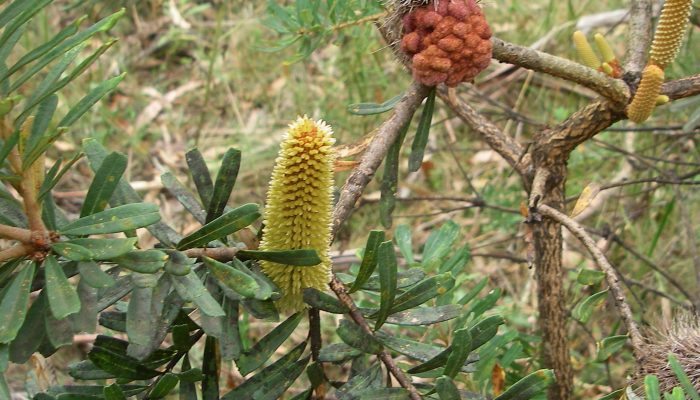
The reserve is home two breeding pairs of brolgas (Grus rubicunda). These striking birds are listed as vulnerable in Victoria and will nest in the same area for up to 20 years. Also present is the endangered Powerful Owl (Ninox strenua) and the migratory Latham’s Snipe (Gallinago hardwickii).
Notable plants on site includes the rare Western Peppermint (Eucalyptus falciformis) which can be recognised by its cream bark, often with rough, fibrous stripes of older bark at the base.
Greenhood orchids (Pterostylis spp), Donkey orchids (Diuris spp), Blue Pincushion Flower (Brunonia australis), Manna Gum (Eucalyptus viminalis ssp cygnetensis) and Grass trees (Xanthorrhoea sp.) provide habitat and diversity in the woodlands.
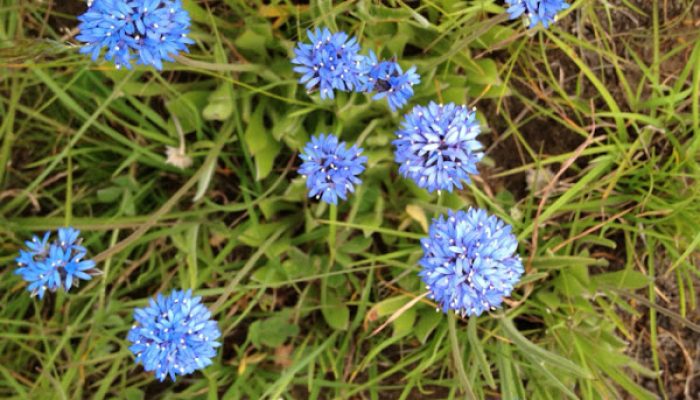
Pallister’s Reserve is a 254 ha site at Orford in the south east corner of the Portland basin. The reserve, previously owned by Mr W Pallister, was purchased in 1989 thanks to donations from the RE Ross Trust, Victorian Conservation Trust (now Trust for Nature), the Department of Sustainability and Environment (now the Department of Environment, Land, Water and Planning) and local conservation groups. Soon after, the Friends of Pallisters Reserve was formed to manage the property.
The reserve was extended in 1992 when land adjoining the western boundary was purchased from the Hocking family.
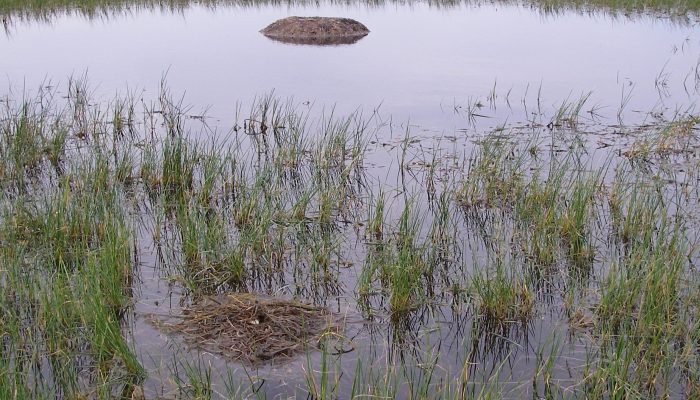
The previous wool shed has been converted into a comfortable club house. Walking tracks traverse the areas of woodlands, wetlands and open grasslands across the property, from where you may catch a glimpse of wildlife in their natural habitat.
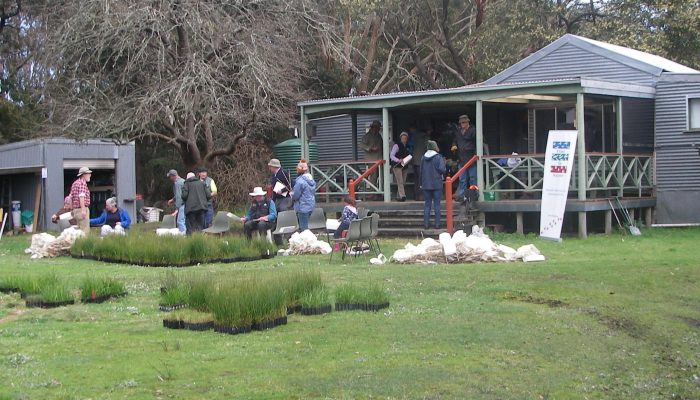
Our reserves have hazards that may cause serious injury or death. You are responsible for your own safety and the safety of those in your care.
The reserve is closed during days declared as Total Fire Bans and/or where the fire danger rating is Severe, Extreme or Code Red.
The reserve is home to a variety of wildlife, including several species of venomous snake. During summer it is advised that long trousers and gaiters are worn when walking in the reserve.
Visitors to the reserve are requested to not cross any fence-lines, or venture onto neighbouring private property. All visitors are requested to stay on the marked walking trails.
Other hazards include:
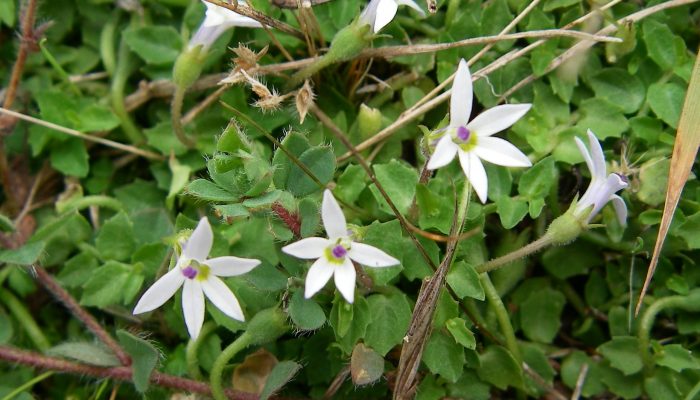
by
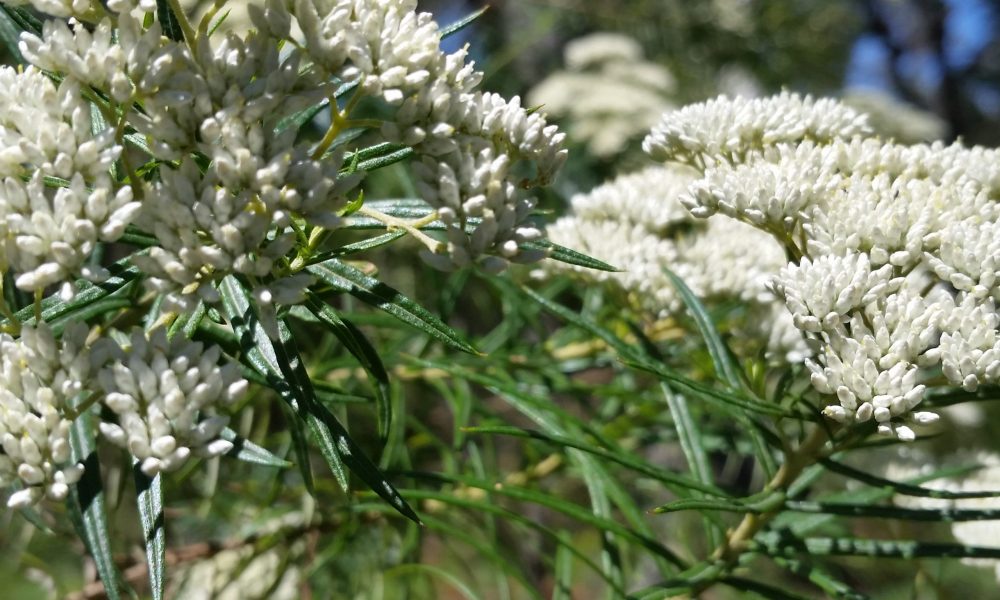
This 63 ha reserve, located at the corner of Bond Road and Clarkes Creek Road in Merino, not only conserves significant species and ecological communities, but forms an important link to other patches of remnant vegetation.
All Trust for Nature reserves are closed on days of Total Fire Ban, and days of severe, extreme and code red fire danger.
Vulnerable Damp Sands Herb-rich Woodland ecosystem makes up the majority of reserve. Typically an open, grassy or bracken dominated eucalypt forest, this habitat type is rich in herbs, grasses, and native orchids. The depleted Heathy Herb-rich Woodland ecosystem type is also present and is very similar, although occurs on different soil types and has a different vegetation profile.
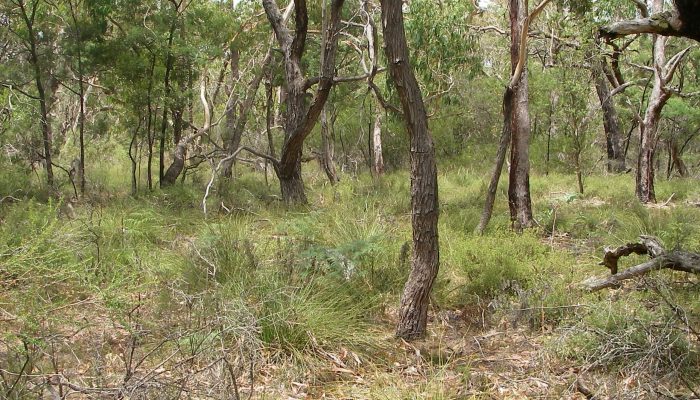
The reserve is home to the vulnerable Tussock Skink (Pseudemoia pagenstecheri), a small ground-dwelling lizard that can be seen basking in the sun or hunting among the leaf litter or grass. These skinks are carnivorous, feeding on insects and other small arthropods. They are olive or grey-brown in colour and grow up to 62 mm long.
The major plant species found on the reserve include eucalypts such as Brown Stringybark (Eucalyptus baxteri), Manna Gum (Eucalyptus viminalis ssp. cygnetensis) and Swamp Gum (Eucalyptus ovata), as well as species of Wattle (Acacia spp) and Banksia (Banksia spp).
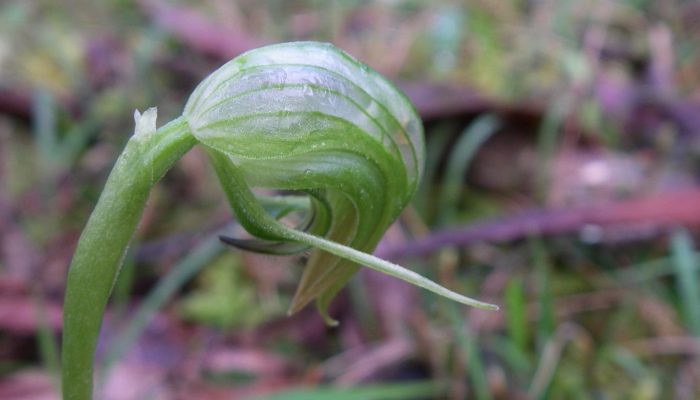
This property was donated to Trust for Nature in 1990 by the Crawley Family with the aim of protecting the land forever.
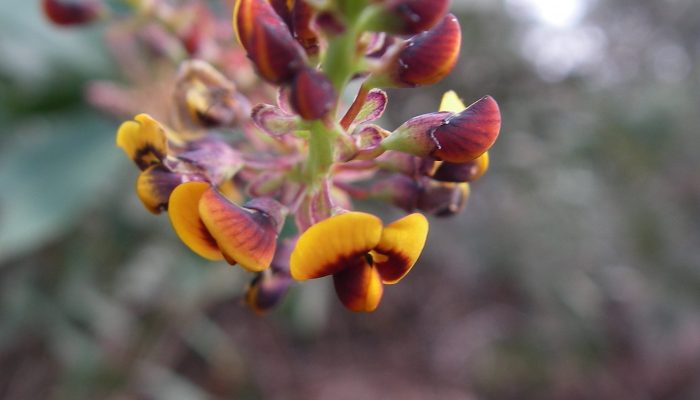
Access is restricted for vehicles.
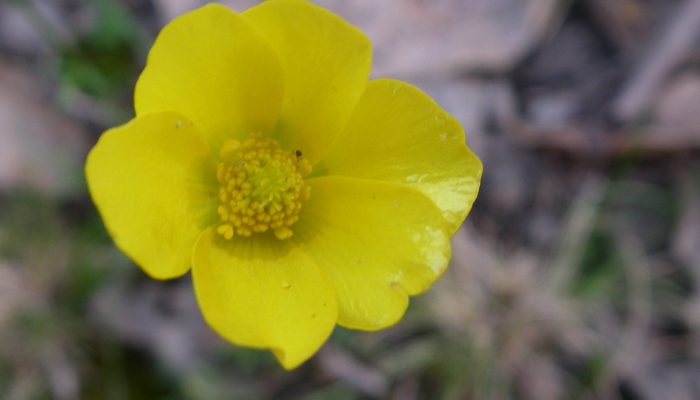
Our reserves have hazards that may cause serious injury or death. You are responsible for your own safety and the safety of those in your care.
The reserve is closed during days declared as Total Fire Bans and/or where the fire danger rating is Severe, Extreme or Code Red.
The reserve is home to a variety of wildlife, including several species of venomous snake. During summer it is advised that long trousers and gaiters are worn when walking in the reserve.
Visitors to the reserve are requested to not cross any fence-lines, or venture onto neighbouring private property. All visitors are requested to stay on the marked walking trails.
Other hazards:
Falling limbs
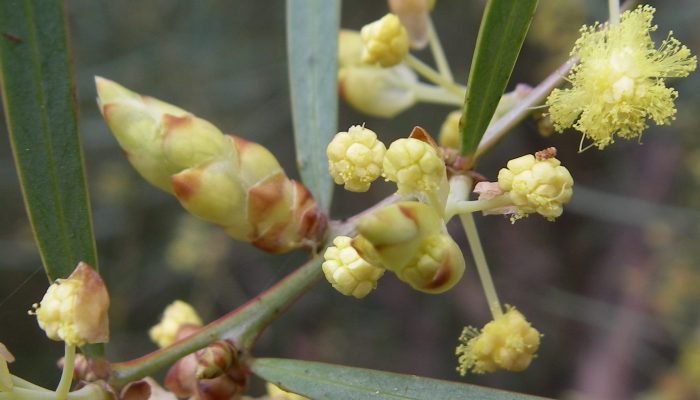
by
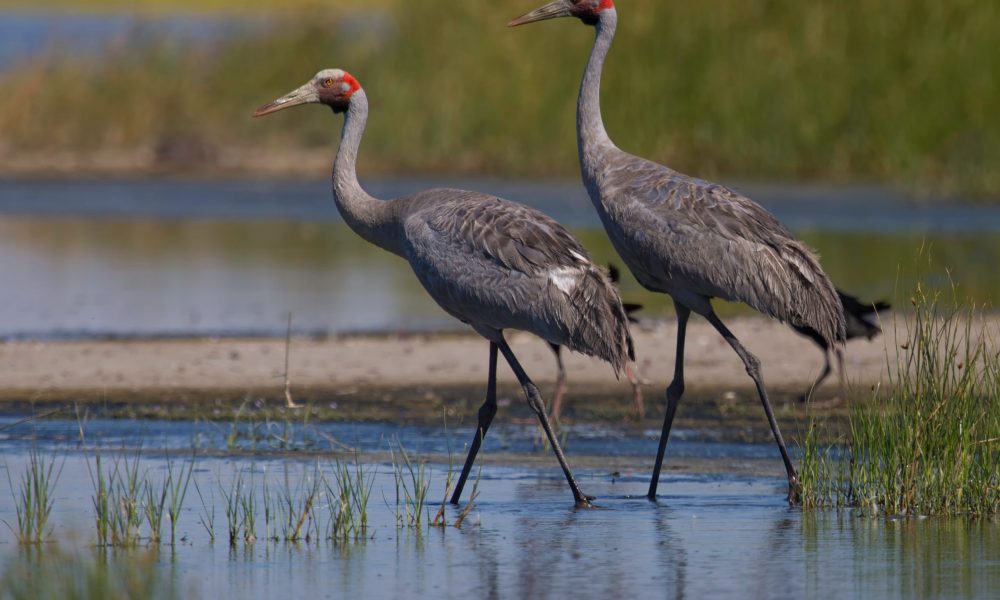
The Flora McDonald Buloke Grassy Woodland is named after Flora McDonald, the landholder who donated the property to the Trust for Nature, and the the critically endangered Buloke Grassy Woodlands the reserve protects. Once widespread in the Murray Darling Depression and Riverina Bioregions, less than 3 per cent of Buloke woodlands in the Wimmera region remain. The majority of these remnant areas are found along roadsides and on private land and are often highly degraded.
At 50 ha, this reserve represents a significant protected area for this special ecosystem.
The reserve can be visited via Burrells Road off Warlburtons Road, north of Edenhope and west of the Edenhope-Kaniva Road.
All Trust for Nature reserves are closed on days of Total Fire Ban, and days of severe, extreme and code red fire danger.
Trees within the reserve includes Grey Box (Eucalyptus microcarpa), Yellow Gum (Eucalyptus leucoxylon) and the reserve namesake, Buloke (Allocasuarina luehmannii). Beneath the trees grow an open shrubby layer with a grassy, and in some places sedgy, groundcover.
The Flora McDonald Reserve also protects a small but valuable ephemeral wetland which are a feature of this part of Victoria. When inundated, it provides habitat for a range of bird species and allows for an impressive display of aquatic and semi-aquatic wildflowers including the Broughton Pea (Swainsona procumbens) and Swamp Billy-buttons (Craspedia paludicola).
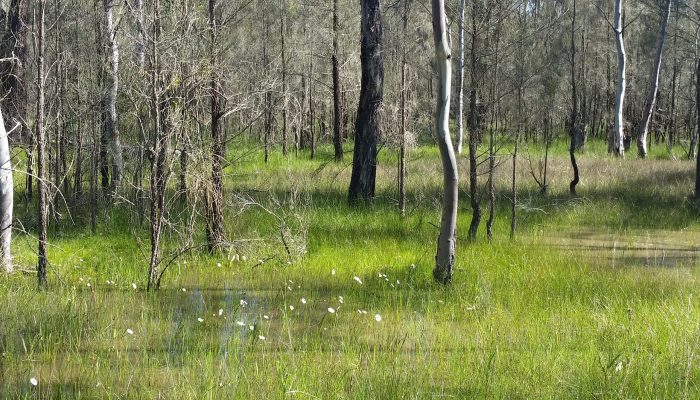
Buloke (Allocasuarina luehmannii) trees provide an important food source for the Red-tailed Black-Cockatoo (Calyptorhynchus banksii), who feed and rely almost entirely upon trees that are producing seed from January to March.
The Flora McDonald Buloke Grassy Woodland is home to a number of other vulnerable and threated species, including the Brown Treecreeper (Climacteris picumnus), Latham’s Snipe (Gallinago hardwickii), Growling Grass Frog (Litoria raniformis), Rainbow Bee-eater (Merops ornatus) and the charismatic Brolga (Grus rubicunda).
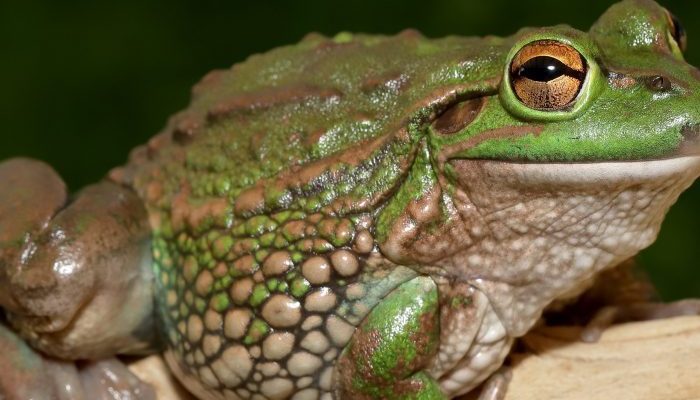
The property was donated to Trust for Nature in 1999 by the former landholder, Flora McDonald. Funds were provided through the Vye Taylor bequest for the ongoing management and improvement of the reserve. Prior to acquisition the property was used for grazing as well as some limited timber harvesting.
After the reserve was protected and stock were excluded the Buloke woodlands began to recover. Shrubs began to grow and young Buloke trees, where previously there had only been large, old sentinel trees.
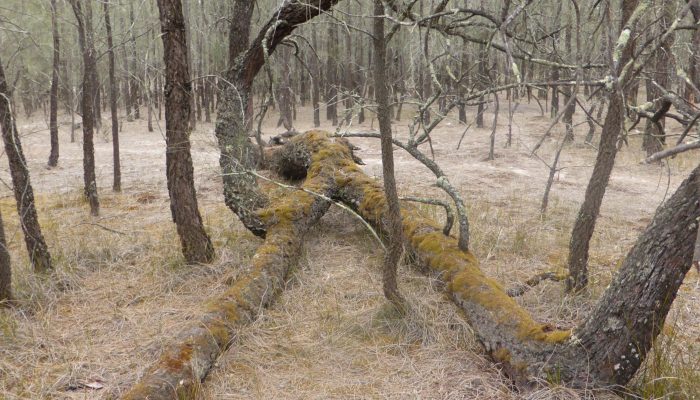
Access: via Burrells Road (narrow width).
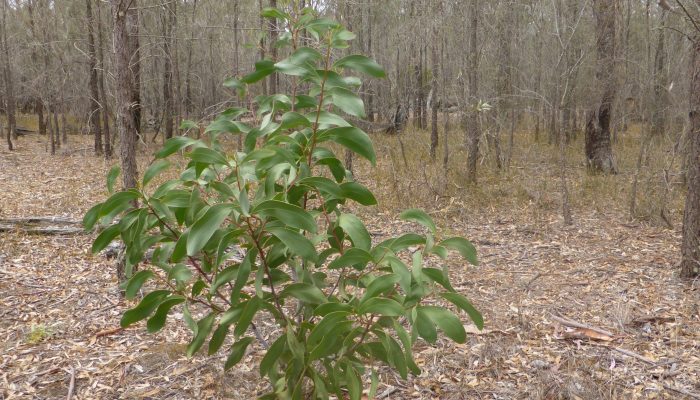
Our reserves have hazards that may cause serious injury or death. You are responsible for your own safety and the safety of those in your care.
The reserve is closed during days declared as Total Fire Bans and/or where the fire danger rating is Severe, Extreme or Code Red.
The reserve is home to a variety of wildlife, including several species of venomous snake. During summer it is advised that long trousers and gaiters are worn when walking in the reserve.
Visitors to the reserve are requested to not cross any fence-lines, or venture onto neighbouring private property. All visitors are requested to stay on the marked walking trails.
Other hazards:
